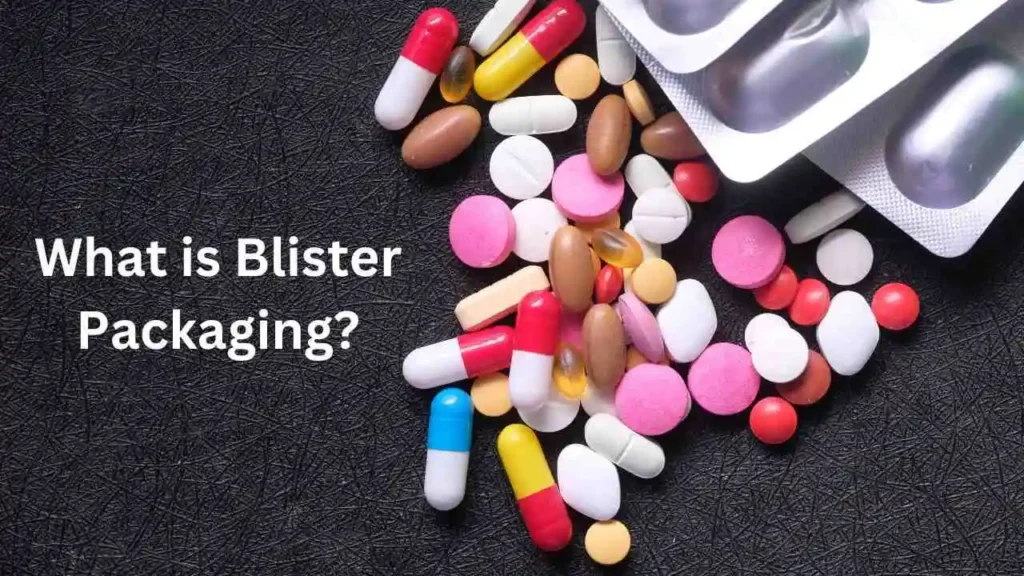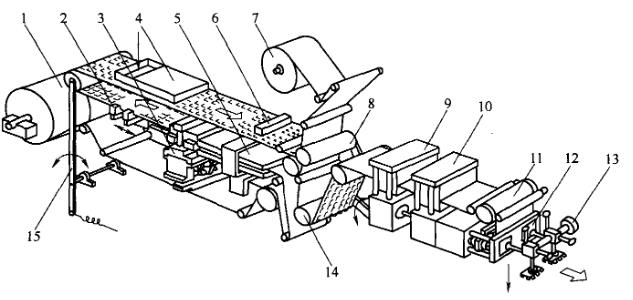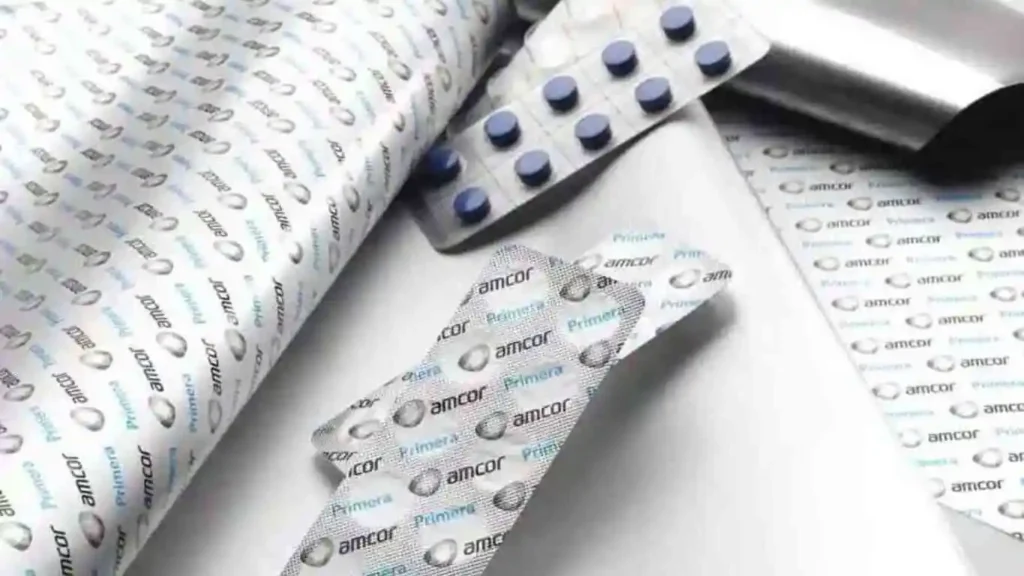What is blister packaging?
Blister packs are used to package products such as medicine, toys medicine, etc. Many blister packaging machines use heat and pressure through a die to form a cavity or pocket out of a roll sheet of plastic. In recent years, improvements in cold forming—particularly allowing sharper depths/angles during forming, which reduce the amount of material used for each cavity—have helped this technology to grow. . The main advantage of a plastic-based blister pack is its more compact size compared to cold-formed aluminum and its transparency in viewing the product.
Blister packaging is created by heating a sheet of plastic and moulding it into a shape to form a bubble or ‘blister’ pocket that completely covers the product.
A traditional blister pack has a cardboard back and is known as a face seal blister. To contain and protect the product,
The blister can be made into a uniform shape to protect tablets of any size, or it can be made into an unusual shape to protect a product with less consistent shapes.
There are two types of blister forming
- Thermoforming
- Cold forming
1.Thermoforming
Thermoforming blister packaging is a method of creating blister packs for small consumer goods and pharmaceuticals using a process called thermoforming. In this process, a sheet of plastic, usually PVC (polyvinyl chloride) or PET (polyethylene terephthalate), is heated to a pliable state and then formed into a desired shape using a mold.
The formed plastic is then cooled and cut to create individual blister cavities, which are then sealed to a backing card, typically made of paperboard or laminated aluminum, to create the final blister pack.
Thermoforming blister packaging has several advantages over other types of blister packaging, such as its versatility and cost-effectiveness.
It can be used to create a wide variety of blister pack designs, including different shapes, sizes, and features such as peelable seals, push-through tabs, and hinged lids. Additionally, it is a relatively low-cost process and can be used to create large quantities of blister packs quickly and efficiently.
Thermoforming blister packaging is widely used in the pharmaceutical industry, as well as in other consumer goods industries such as food, personal care, and household items.
2.Cold forming
Cold-forming blister packaging, also known as Alu-Alu packaging, is a type of blister packaging that uses a cold-forming process to create blister cavities. Unlike thermoforming, which uses heat to shape the plastic, cold forming uses high pressure and a punch-and-die system to form the blister cavities.
The process starts with a laminated aluminum-plastic material, usually made of aluminum foil and PVC or PVDC (polyvinylidene chloride), which is fed through a high-pressure machine that punches out the individual blister cavities. The formed cavities are then filled with the product, usually a tablet or capsule, and sealed to a backing card to create the final blister pack.
Cold-forming blister packaging has several advantages over thermoforming, such as providing better barrier properties for moisture, light, and other environmental factors, improved tamper-evident features, and child-resistance features. Cold forming is also more suitable for certain types of products such as those that are sensitive to heat and have high-value such as expensive drugs or biologics.
However, the Cold forming blister packaging process is more complex and requires specialized equipment and materials, which can make it more expensive than thermoforming.






Hi, this is a comment.
To get started with moderating, editing, and deleting comments, please visit the Comments screen in the dashboard.
Commenter avatars come from Gravatar.
HI